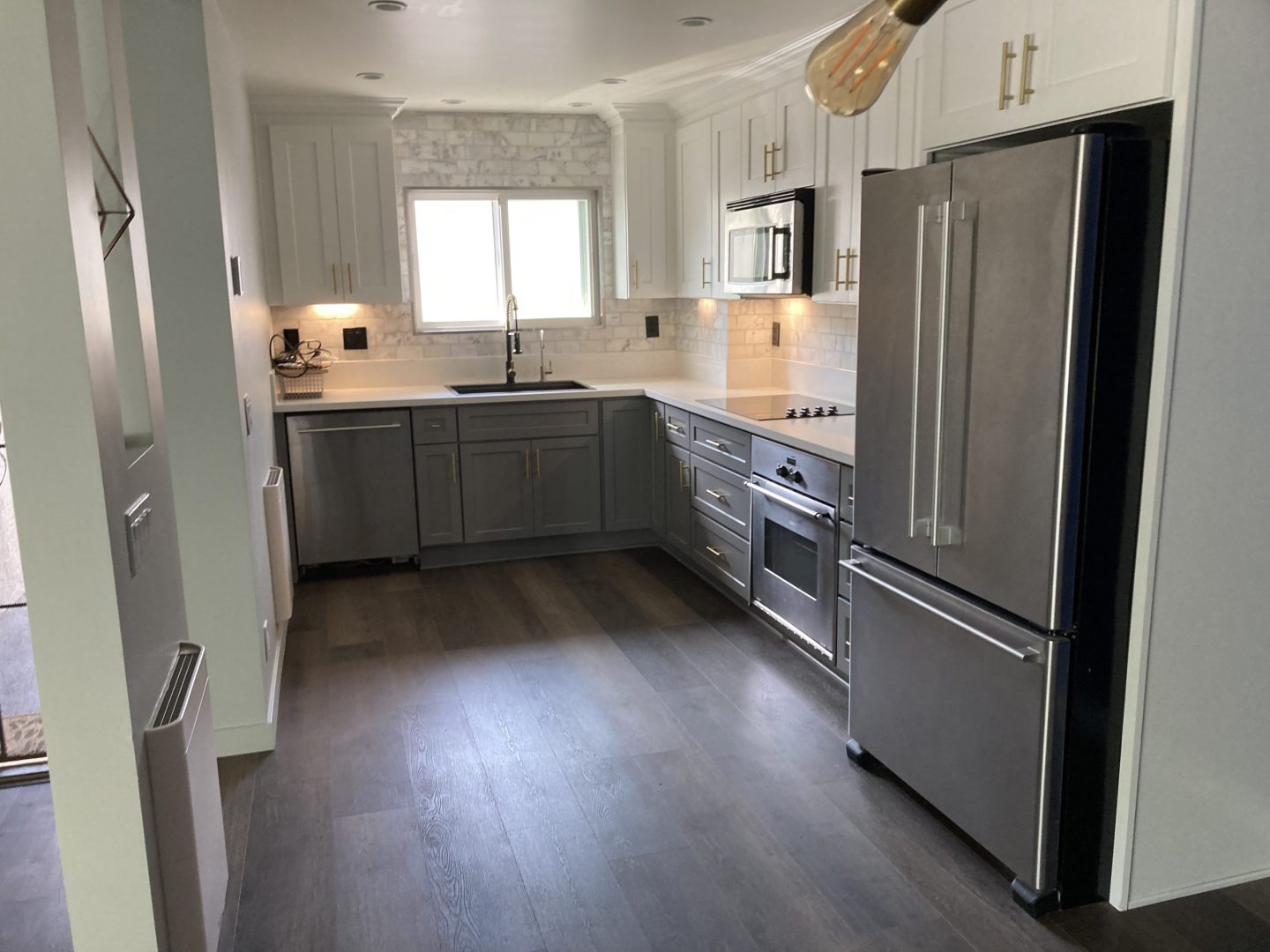
Structural damage to a home or commercial property can be devastating. Whether the result of natural disasters like earthquakes, floods, or storms—or caused by gradual wear and tear, such damage compromises not only the integrity of your building but also the safety of those who live or work within it. Rebuilding a structurally compromised space requires far more than cosmetic fixes; it demands professional knowledge, thorough inspection, and a reconstruction process rooted in building codes and safety standards.
San Diego County, with its seismic activity, coastal humidity, and seasonal weather fluctuations, presents a unique set of challenges for property owners. Understanding what structural damage looks like, how it affects your property, and how reconstruction should be handled is crucial to protecting your investment and the lives of those inside it.
Common Causes of Structural Damage
Structural damage can stem from a wide range of sources. One of the most prevalent culprits is water infiltration. Prolonged exposure to moisture from roof leaks, plumbing failures, or poor drainage can rot wooden beams, weaken foundations, and erode drywall. Earthquakes, even minor tremors, can subtly shift structural components over time, creating dangerous cracks in foundations or misalignments in load-bearing walls.
Another issue to watch for is soil movement beneath a building. According to U.S. Geological Survey reports, seismic shifts and soil expansion can silently damage structures over time. Left unchecked, this type of damage not only gets worse but becomes exponentially more expensive to repair.
Warning Signs That Indicate Structural Trouble
Knowing what to look for is key. While some structural damage is visibly obvious—such as cracked foundations, bowing walls, or sagging floors—other signs may be more subtle. Watch out for sticking doors and windows, gaps where walls meet the ceiling or floor, or unexplained creaking sounds.
Bulging drywall or water stains can indicate deeper damage inside the walls. As noted by Architectural Digest, even cosmetic changes in your home’s surfaces can be signs of hidden structural issues.
What the Reconstruction Process Involves
Structural damage reconstruction is a complex and multi-step process that requires close collaboration between engineers, contractors, and building inspectors. It begins with a thorough damage assessment. This includes identifying compromised load-bearing walls, warped foundations, and any internal systems affected, such as plumbing, HVAC, or electrical components.
Once the damage has been mapped, the structure may need temporary stabilization. This could involve shoring up walls, adding temporary supports, or even partially demolishing compromised areas to access the underlying damage safely. After stabilization, reconstruction involves replacing damaged framing, rebuilding support structures, and ensuring compliance with current building codes.
This is not a time for shortcuts. Rebuilding improperly not only risks further damage but can make a property uninsurable or unsafe to inhabit. That’s why involving professionals trained in disaster recovery and reconstruction is critical.
The Role of Permits and Code Compliance
One of the most important aspects of structural reconstruction is ensuring that all repairs meet local codes. San Diego County enforces strict guidelines when it comes to building safety, particularly for seismic reinforcement and fire resistance.
Failing to secure the necessary permits or inspections during reconstruction could mean fines, delays, or even the need to redo work. Partnering with a licensed contractor ensures that every step of the process—from design to inspection—is handled correctly and legally.
Modern Materials and Reinforcement Techniques
Today’s structural repair options are far more advanced than in previous decades. Innovations such as carbon fiber reinforcements, helical piers for foundation stabilization, and steel beam retrofits offer durable, long-term solutions to compromised structures. Many of these materials also offer greater flexibility and resistance to future events such as earthquakes or flooding.
Experts often integrate these modern techniques to not only restore a building but improve its future resilience. If you’ve experienced structural damage, reconstruction isn’t just a chance to fix the past—it’s an opportunity to strengthen your property against whatever comes next.
Proactive Maintenance Can Prevent Future Problems
While some structural issues arise suddenly, many are preventable with regular maintenance. Having your property inspected annually, especially after storms or seismic activity, can help detect minor issues before they become major problems. Maintaining gutters and downspouts, checking crawlspaces for moisture, and ensuring your grading channels water away from the home can significantly reduce long-term risks.
Christian Brothers – Structural Damage Reconstruction in San Diego County
When structural damage threatens your property, you need more than a quick fix—you need an expert team with the tools and experience to rebuild safely and securely. Christian Brothers provides professional structural damage reconstruction services across San Diego County. Our commitment to restoring integrity and protecting your space ensures that your property is in the right hands from start to finish.
